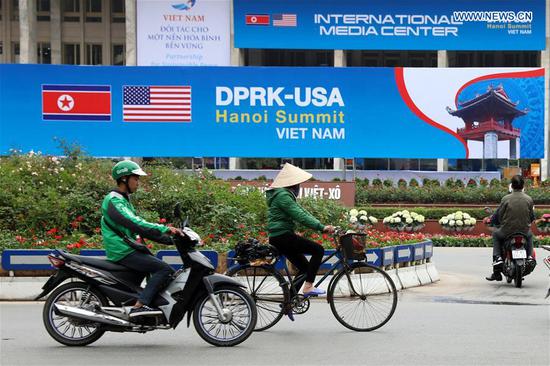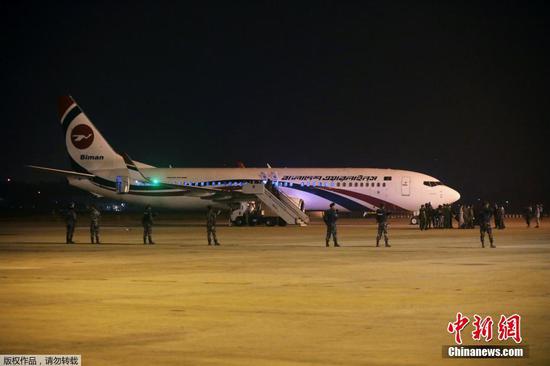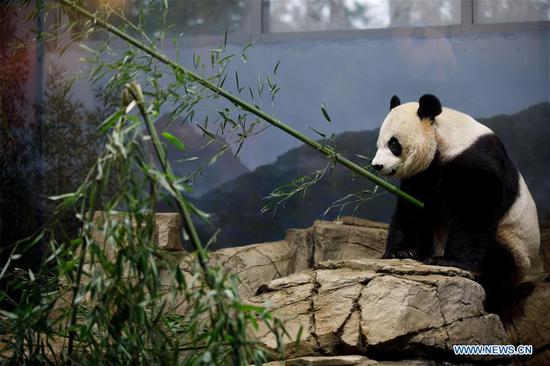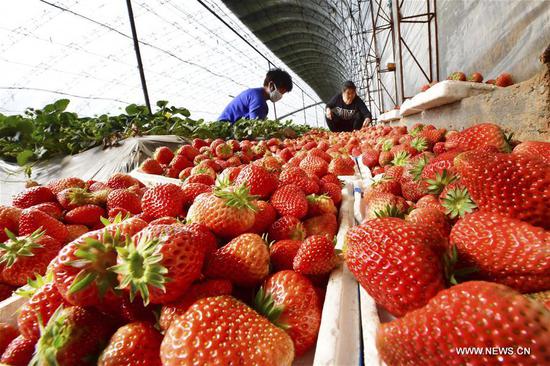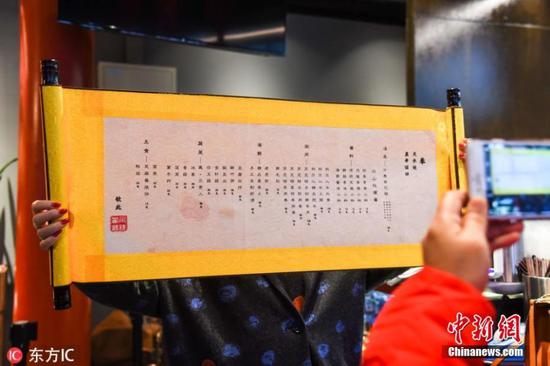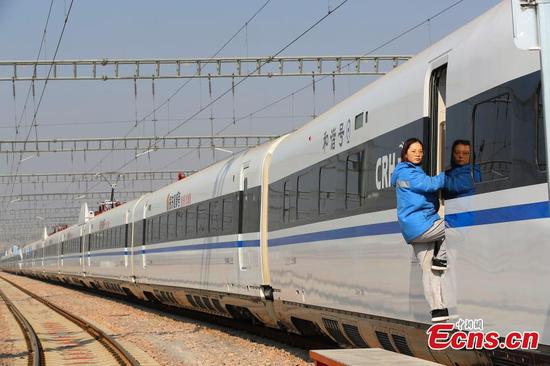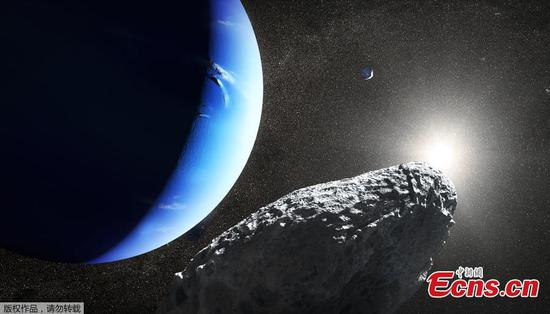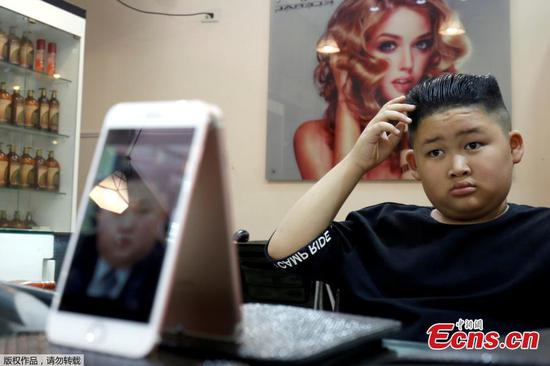China's GDP grew 6.6 percent in 2018, according to National Bureau of Statistics data. Despite the slight slowdown in the GDP growth rate, however, exports grew at a relatively high 9.9 percent year-on-year calculated in US dollars. And, not surprisingly, China's trade surplus with the United States expanded further.
Apparently, the Sino-US trade dispute is yet to have a visible impact on China's economy. Perhaps the fact that the trade dispute has prompted many importers to place advance orders-as they fear things could take a turn for the worse-has increased export growth. Which means the periodically downward pressure the economy faced last year mainly came from internal sources, especially the slowdown of investment growth.
Due to these factors, the profit growth rate of industrial enterprises has remained high. In the first 11 months of last year, the profits of industrial enterprises above designated size (those with annual sales of more than 5 million yuan, or $744,371) increased 11.8 percent year-on-year. It should be noticed that due to structural differentiation in industrial enterprises above designated size, the ratio of State-owned enterprises has increased, and the number of unprofitable enterprises risen remarkably.
For instance, in the first 11 months of last year, the profits of the petroleum and gas industry increased 333 percent year-on-year, and the iron and steel industry rose 50.2 percent year-on-year. The profits of five industries-petroleum and gas, iron and steel, non-metal mineral products, chemical raw materials, and chemical manufacturing-contributed to 76.6 percent of the overall profit growth of industrial enterprises above designated size.
The small difference in industrial producer price indexes of different industries can hardly explain structural differentiation among industrial enterprises. In fact, the increase in financial costs is the main reason for the difference in industrial enterprises' profits. In particular, the rise in financial cost is represented by the rapid hike in interest expenditure and the extension of the trade receivable cycle. Also, the difference between SOEs and private enterprises' industrial debt interest margin reflects profit cost differentiation.
In the deleveraging process, the financial cost of private enterprises, and small and micro enterprises will face immense pressure when there is a liquidity shortage.
The cash flow of many private, and small and micro enterprises is linked to local city investment companies or local SOEs through the supply chain or financial transactions. Which means tightened financing by local governments will indirectly affect the financial condition of private, and small and micro enterprises.
The transmission effect of stock pledge has also landed some major private enterprises in trouble, leading to differentiation in the business operations of SOEs and private enterprises.
Besides, the relative prosperity index of small and medium-sized enterprises has dropped to the second-lowest point in a decade, and the financial cost differentiation among various industries is growing. This may have a negative impact on not only short-term macroeconomic stability, but also the development space of relevant emerging industries and long-term growth momentum.
Structural deleveraging is an integral part of supply-side structural reform, and crucial for preventing systemic risks. At present, private enterprises are suffering due to an increase in financing cost. On the other hand, many major SOEs, including those directly under the central government, have not been affected by the increase in financing cost. So we should be alert to differentiation among different industries and enterprises that could undermine the growth momentum.
If the Sino-US trade conflict escalates further, the demand for exports will decline, putting more pressure on China's economy. And the structural differentiation among industrial enterprises could put pressure on fixed asset investment in the domestic market. Which means we have to effectively ease the structural differentiation of industrial enterprises to cope with external shocks, if any.
The short-term policy mix to tackle this problem is stabilizing the monetary policy. A series of policies has been launched, and some policies are in the pipeline.
But in the long run, financial policy and monetary policy alone can hardly guarantee structural reform, because both are tools only to control total demand.
The long-term policy, therefore, should be aimed at supply-side structural reform, which should help build an effective market mechanism, and protect and inspire entrepreneurship, which in turn will inject new vitality into the Chinese economy and make it more resilient.
The author is a researcher at the Institute of World Economics and Politics, Chinese Academy of Social Sciences.















